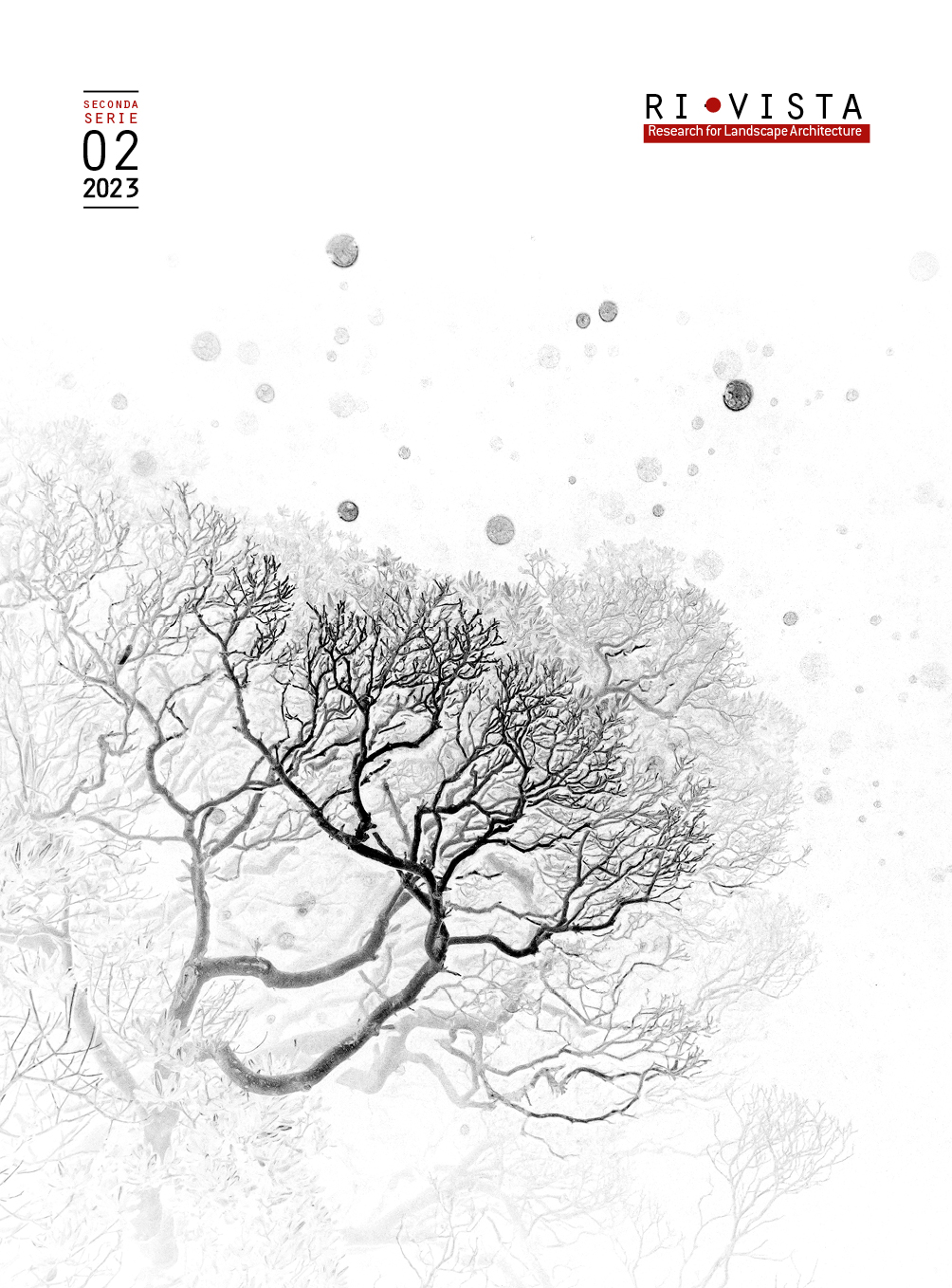Transforming Contemporary Public Urban Spaces with Planting Design. Shifting from Monocultural Planting Blocks to Naturalistic Plant Communities
Published 2024-05-27
Keywords
- designed plant communities,
- landscape architecture,
- planting design,
- naturalistic planting,
- resilient landscapes
- urban regeneration ...More
How to Cite
Copyright (c) 2024 Alessio Russo

This work is licensed under a Creative Commons Attribution 4.0 International License.
Abstract
The field of landscape architecture is currently undergoing a notable transformation in planting design styles, driven by the imperative to create resilient and sustainable landscapes capable of adapting to climate change. New approaches to planting design have become a fundamental element in the regeneration of urban spaces, as evidenced by prominent projects such as the High Line in New York and the Lurie Garden in Chicago. To investigate this phenomenon, this paper conducts a review of the literature, aiming to analyse the historical evolution of planting styles. Furthermore, this paper presents a series of compelling case studies that exemplify the successful regeneration of public urban spaces through the implementation of carefully designed plant communities. These case studies illustrate noteworthy projects carried out in the United Kingdom, the Netherlands, and Russia, highlighting the positive impact of designed plant communities on urban landscapes. Drawing upon the findings from the literature review and case studies, this paper concludes by discussing future directions and current issues in planting design.





